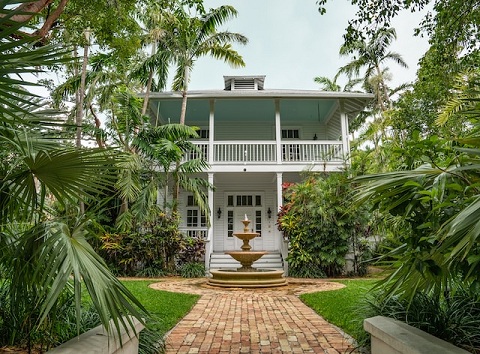Selling a house can be a daunting task, filled with complexities and uncertainties. Whether you’re relocating, upgrading, or downsizing, the ultimate goal is to sell your house quickly and at the best possible price. From enhancing curb appeal to strategic pricing and effective marketing, here are some proven strategies to streamline the selling process. By following these steps, you’ll not only expedite the sale of your property but also maximize its value in a competitive real estate market.
1. Making a Great First Impression
The exterior of your house is the first thing potential buyers see, and as the saying goes, first impressions matter. Enhancing your home’s curb appeal can greatly influence a buyer’s decision to explore further. Listing your property with the Whistler Realtor can help you make a great impression with the right buyers and showcase your property the right way. Once your online presence is established, curb appeal enhancements should include simple tasks like tidying up the landscaping, repainting the front door, and making sure the driveway is in top shape. Adding a few well-placed plants, upgrading outdoor lighting, and even pressure washing can make a significant difference in how inviting your property looks.
2. Showcasing Your Property’s Potential
Once potential buyers step inside, they need to be able to envision themselves living in your home. This is where home staging comes into play. Clearing out clutter, rearranging furniture for optimal flow, and using neutral décor can help create a space that’s welcoming and adaptable to different tastes. Professional staging can be beneficial, but even small adjustments like fresh paint and proper lighting can go a long way in making your house feel like a home to potential buyers.
3. Strategic Pricing
Pricing your home correctly is crucial for attracting serious buyers and selling quickly. Setting the price too high can discourage interest while pricing it too low could mean missing out on potential profits. Research comparable sales in your neighborhood and consult with a real estate agent to determine a competitive yet realistic price. Keep in mind that the market’s condition and trends will influence your pricing strategy.
4. Effective Marketing
High-quality photos, virtual tours, and engaging property descriptions are essential components of an online listing. Utilize social media platforms, real estate websites, and even traditional methods like open houses to attract a wide range of potential buyers. Collaborating with a skilled real estate agent can greatly enhance your marketing efforts, as they have the expertise to showcase your property’s unique features.
- Leverage Visual Content: Invest in professional photography that highlights your home’s best features and creates a strong first impression. Virtual tours provide an immersive experience, allowing potential buyers to explore your property remotely and get a real sense of its layout and design.
- Craft Compelling Descriptions: Well-crafted property descriptions can evoke emotion and paint a vivid picture of life in your home. Highlight not only the physical attributes but also the lifestyle and potential benefits of living there. This can resonate with buyers on a personal level.
- Harness the Power of Social Media: Share your listing across your social media platforms to reach a wider audience. Engage with local real estate groups and platforms to increase exposure. Social media’s visual nature makes it an excellent channel for showcasing your home’s charm.
5. Negotiation and Flexibility
As potential buyers express interest and offer starts coming in, the negotiation phase begins. This step requires a delicate balance between your desired price and the buyer’s expectations. Be prepared for counteroffers and consider factors like the buyer’s financing options and closing timeline. Flexibility can be a powerful tool here; willingness to make minor concessions, such as covering certain closing costs or including appliances, can tip the scales in your favor. Remember, the goal is to find common ground that satisfies both parties and leads to a successful sale.

6. Quick and Efficient Responses
Respond promptly to inquiries, whether they come through emails, calls, or messages on various platforms. This level of responsiveness not only shows your commitment to the sale but also keeps potential buyers engaged and maintains the momentum of interest. If you’re working with a real estate agent, stay in close communication with them to ensure you’re not missing any opportunities or failing to address concerns that could deter buyers.
Selling your house quickly involves a strategic combination of presentation, pricing, marketing, negotiation, and responsiveness. The journey from listing to closing requires meticulous planning and adaptability, as well as a willingness to put in the effort required at every step. By enhancing your home’s curb appeal, staging it effectively, pricing it competitively, marketing it strategically, negotiating thoughtfully, and responding promptly, you’re stacking the odds in your favor. The real estate market can be competitive, but armed with these six steps, you’re equipped to navigate its challenges and emerge with a successful and expeditious home sale.

